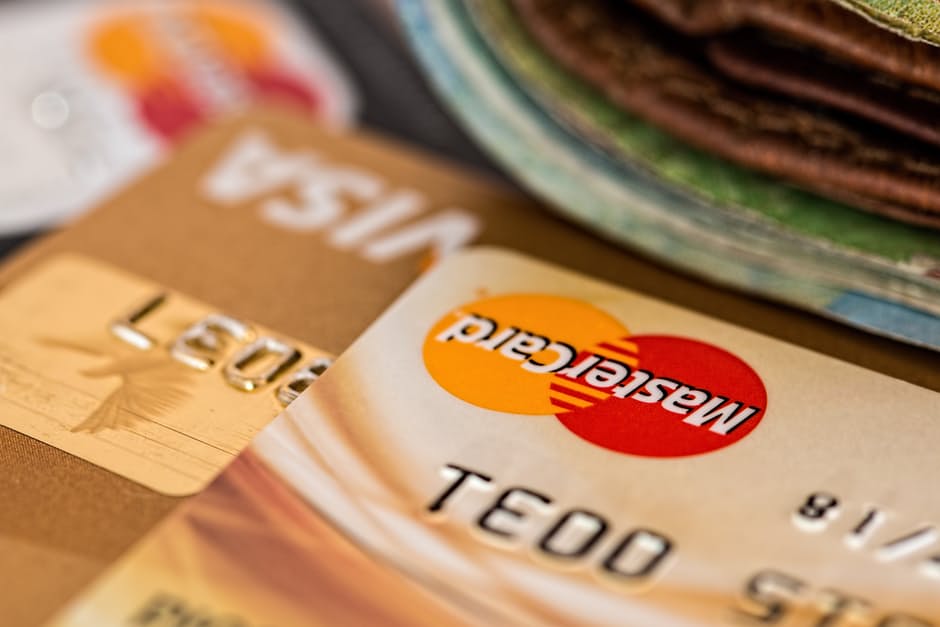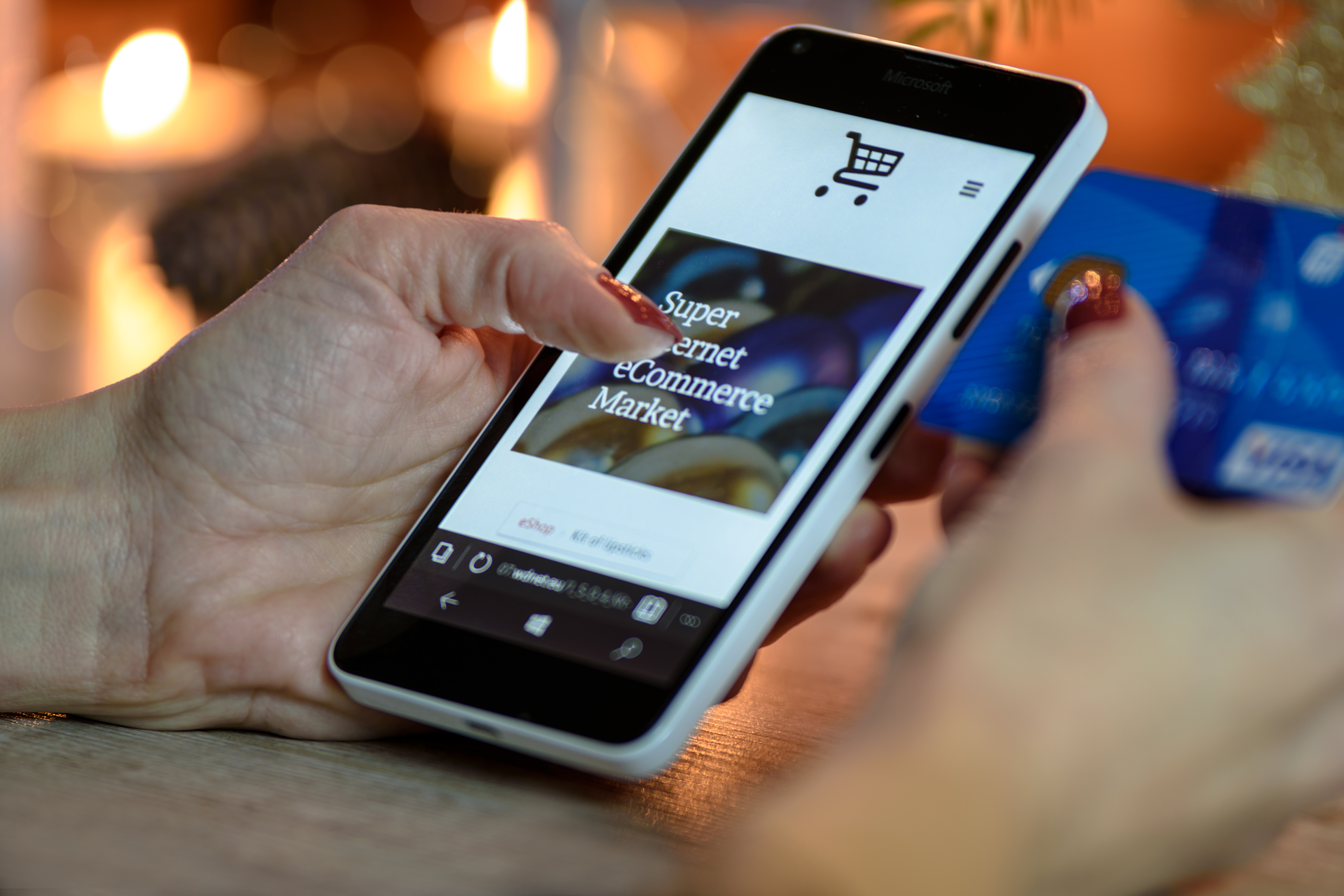With an increasing number of business enterprises turning to e-commerce, it is intelligent to have an additional marketing & trading tools in the same field to boost sales and company’s market share. The growing popularity of mobile apps and a heavy mobile web traffic has led Mobile App Development. Companies to contemplate about building an app that accepts payments. Therefore, it is significant to have a payment processing gateway that operates seamlessly within your mobile app.
A payment gateway is a service extended by the e-commerce application provider to the merchant that sanctions credit card or direct payments managed for e-businesses or traditional brick and mortar retailers. Choosing the appropriate payment gateway and integrating it into your existing app will permit your business to grow manifold.
So with the web moving towards mobile, a lot of competent methods have been devised by the IT industry to seamlessly integrate this system. Let’s have a look:
What is a Payment Gateway?
A payment gateway is a point-of-sale (POS) machine that accepts the customer’s credit card and passes on the card information to the issuer in order to ensure that the customer’s account balance is sufficient to make the purchase. It, thus acts as an intermediary between the customer and the financial institution. So for the payment to safely reach its destination i.e. the seller, it is imperative that the payment gateway be a reliable one.
The same process holds fast for mobile apps as well, but with just a minor tweak. Being the owner of your online store, you are required to have a payment gateway and a merchant account. This merchant account is extremely important as the billed amount is initially stored here prior to moving to the actual bank account.
When a customer purchases a product from your app, it is moved to the shopping cart that is connected with the payment gateway. Now, this payment gateway acts just like a POS in a retail outlet where the request to transfer the amount is forwarded to the card processor. Once this payment is accepted, the payment information gets transferred from the gateway to the merchant account. It is stored there for some days till the time it is sent to the merchant’s bank account.

What are the Types of Merchant Accounts?
There are two types of merchant accounts:
- Dedicated Merchant Account
This type of account is specifically developed for individuals and is created for additional money. The account is an ideal choice if you wish to have a greater control over the money. The money gets transferred to your bank account within 2-3 days. To acquire the account, there is a need for submitting all the relevant information about your company. Some reputed companies that provide exceptional dedicated accounts are Authorize.net and PayLeap.
- Aggregated Merchant Account
With an aggregate account, you have two options- spend the money or get it transferred to your bank account. It will take around 5-6 days to have the money in your actual bank account. The acquisition process is not very complex as you only need to give basic details about your business as well as the products and services.
Whichever merchant account you select, you need to define the category of product you wish to sell. Now you must be wondering why? Well, let’s find out.
There are two distinct scenarios when it comes to selling digital content and physical items. Different app stores have different policies regarding the selling of products.
Google Play Store and Apple’s Play Store are two extremely popular app stores and both do not permit the involvement of any third party payment processors in case of selling digital products. In such case, all the transactions are undertaken by Google Play and Apple itself. On the other hand, these app stores support using mobile payment gateway providers in case of selling physical goods.
Therefore, it is imperative to mention the product type in order to get a merchant account.
Different payment Gateway Providers
By now, I guess the concept of payment gateway and merchant accounts are clarified. However, before integrating a payment system into an app, it is significant to know about the different payment gateway providers that are most commonly used. Here is a list of top 4:
- PayPal
PayPal is an ever evolving, feature packed payment gateway provider, extending superlative services for years. With PayPal, you will get an aggregate merchant account and you only need to pay 2.9% fee per transaction. It is a free payment gateway and is the ideal option if you are a novice in e-commerce.
- BrainTree
This is an amazing payment gateway service provider that comes with countless attractive features such as fraud prevention, payout with 1-2 days, live customer desk services, and more. It provides an incredible Software Development Kit (SDK) for Apple and Android.
For the initial $50,000, this payment gateway charges zero fee. Once the incomes rise beyond, a fee of 2.9% per transaction is charged.
- Stripe
Offering an extremely safe transmission standard, Stripe is a noteworthy payment gateway provider that scales with BrainTree. It comes with some of the best features such as easy mobile checkout, data authorization etc. in case of money refunds, the charges vary with each country.
- net
Authorize.net is a dependable payment gateway provider that offers a dedicated merchant account. Smoothly operating in Canada and the US, this provides software for mobile OS as well as websites. It features significant functions such as fraud detection, management of information, recurring billing, PCI DSS, and many more.
To ensure optimal security, all these payment gateway providers are certified as PCI level 1 providers. They are acquiescent with PCI DSS regulations. The API of these gateways is specifically designed for developers and requires elaborate documentation. You can compare and choose any payment gateway.
How to Integrate SDK with an Existing App?
After getting a merchant account and selecting an appropriate payment gateway provider, you are required to integrate the SDK. Each provider comes with an SDK that contains numerous mobile libraries to facilitate the task. You can locate these software development kits on the official websites of the gateways and you can use these to build payment forms for the collection of data.
You can even go in for building your own either from the scratch or by utilizing the pre-designed components. This way user can seamlessly use their credit cards to pay in the application.
The mobile payment systems can also provide tokenization by using mobile libraries. In this, the delicate data is recognized by the service provider and redirected to the server, which is known as the authenticated environment. The secure transfer of tokenized data from the server to payment gateway is accomplished by API keys.
Final Thoughts
The development of e-commerce mobile apps, having a seamless payment system is quite a daunting task. You need to be well aware of the frequently used terms and the detailed procedure for developing the e-commerce app. You should indulge into an in-depth planning and research process before embarking upon the same.




